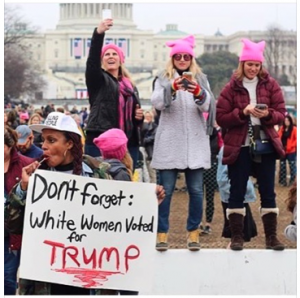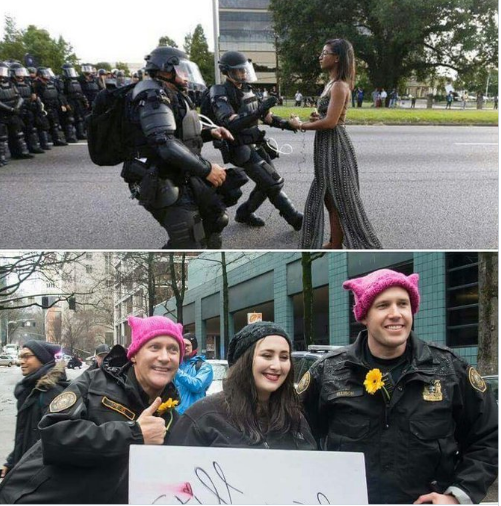When I told some of my white friends that I was taking Critical Whiteness Studies, I was met either with chuckles or furrowed brows and questions like “What even is that?”
Let’s talk about it.
Are you white? If so, how do you know you’re white? Did someone tell you?
Many of us know that race is socially constructed. But not many of us are able to draw the connection that being white is socially constructed also; white is a race.
In “Growing Up White in America?” Bonnie Kae Glover argues, “White is transparent. That’s the point of being the dominant race. Sure the whiteness is there, but you never think of it. If you’re white, you never have to think about it. Sometimes when folks make a point of thinking about it, some (not all) of them run the risk of being either sappy in the eyes of other whites or of being dangerous to nonwhites. And if white folks remind each other about being white, too often the reminder is about threats by outsiders–nonwhites– who steal white entitlements like good jobs, a fine education, nice neighborhoods, and the good life” (34)
From this perspective, whiteness is only visible when in relation to “other” races. It’s there, as Glover states, but it’s not a charged category. Being white is neutral, while other races are abnormal.
For me, I thought I was white for a long time. Growing up speaking only English, I understood most of what my mom would say as she spoke rapidly in Spanish to our relatives, but I never concerned myself with learning the language. I was the light sister, with dark blonde hair as a child. The only indication that I was not totally white were my heavy eyebrows, inherited from my Chicana great-grandmother. It was only until I was in high school and began learning more about my family’s heritage did I begin questioning my whiteness.

Whiteness is purposefully hard to see and demarcate. Peggy McIntosh characterizes whiteness as an “invisible weightless knapsack of special provisions, assurances, tools,, maps, guides, codebooks, passports, visas, clothes, compass, emergency gear, and blank checks”(291). (I bet you’re catching on to why this class is called Unpacking the Invisible Knapsack)
Whiteness is protected and insulated by the very mechanisms that reinforce and reproduce this dominance. In other words, the very fact that white people cannot see or notice the ways in which they may benefit from white privilege is one of the very mechanisms that bolster whiteness as a neutral or invisible category.
Even though I do not identify as white, I pass as white and people treat me like I’m white. I benefit from looking white, but I can also see its detrimental effects especially enacted upon my friends who are people of color.
Peggy McIntosh even writes a list of 46 items she is allowed to do as a white person to illustrate in more concrete terms what her whiteness affords her:
“17. I can talk with my mouth full and not have people put this down to my color. . . 25. If a traffic cop pulls me over or if the IRS audits my tax return, I can be sure that I haven’t been singled out because of my race. . . 40. I can choose public accommodation without fearing that people of my race cannot get in or will be mistreated in the places that I have chosen”(293-4)
Being white is not neutral; white is a race. Whatever your race is, in America it constitutes your experience– it decides if you can be putting pussyhats on police officers and taking pictures or if those officers will be charging at you in full riot gear on the street.
*Note I do not own these pictures*

Thank you Nina! This is Heidi’s Dad I love you guys keep up the good works :^)
So proud of you, dear Nina! Great piece!
YASSSS QUEEN
Interesting and thought provoking. Thank you for your research on this. As a civil rights and discrimination lawyer for the plaintiff I studied all types of discrimination for many years. Employer bias, jury bias, judge bias, subtle discriminatory attitudes to blatant racism, ageism, and sexism. Would love to speak with you about your thesis.